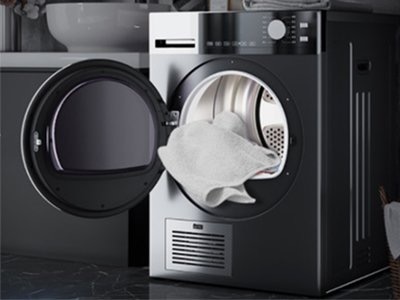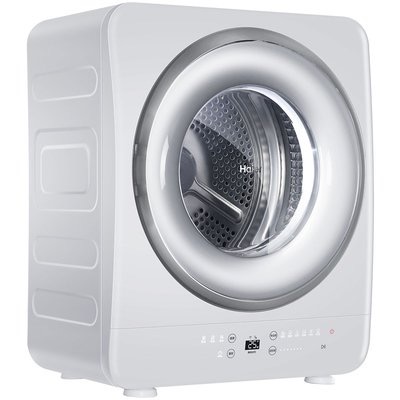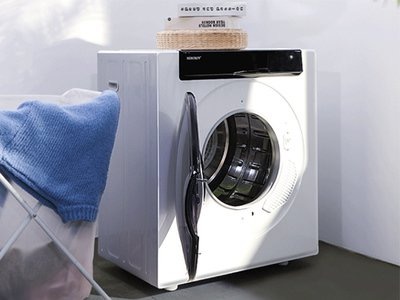
Content Menu
● Introduction
● Understanding Heat Pump Dryer Technology
● Energy Efficiency Advantages
>> Reduced Energy Consumption
>> Temperature Management
● Cost Analysis
>> Initial Investment
>> Operating Costs
>> Long-term Savings Potential
● Factors Affecting Cost Savings
>> Usage Frequency
>> Energy Rates
>> Climate Considerations
● Additional Benefits
>> Environmental Impact
>> Fabric Care
● Maintenance Considerations
>> Regular Maintenance Requirements
>> Longevity and Durability
● Making an Informed Decision
Frequently Asked Questions
>> Q1: How much can I expect to save on my energy bills with a heat pump dryer?
>> Q2: How long does it take for a heat pump dryer to pay for itself?
>> Q3: Do heat pump dryers require special installation?
>> Q4: Are heat pump dryers worth the investment in cold climates?
>> Q5: What maintenance is required to ensure optimal energy savings?
Introduction
Heat pump dryers represent a significant advancement in laundry technology, promising substantial energy savings and reduced environmental impact. As energy costs continue to rise and environmental consciousness grows, many homeowners are considering whether investing in a heat pump dryer is financially beneficial in the long run.
Understanding Heat Pump Dryer Technology
Heat pump dryers operate using an innovative closed-loop system that recycles and reheats air during the drying process. Unlike conventional dryers that expel warm, moist air outside, heat pump dryers extract moisture from clothes using a heat exchanger system, similar to how an air conditioner works but in reverse.

Energy Efficiency Advantages
Reduced Energy Consumption
Heat pump dryers are designed to be significantly more energy-efficient than traditional vented or condenser dryers. They achieve this efficiency by recycling heat throughout the drying cycle rather than continuously generating new heat. This closed-loop system means that once the air is heated, it requires minimal additional energy to maintain the desired temperature.
Temperature Management
These dryers operate at lower temperatures compared to conventional dryers, which not only saves energy but also provides better care for clothes. The gentle drying process helps preserve fabric quality and extend clothing lifespan, potentially leading to additional cost savings through reduced clothing replacement needs.
Cost Analysis
Initial Investment
Heat pump dryers typically have a higher purchase price compared to traditional dryers. This higher upfront cost is one of the main factors that consumers need to consider when evaluating their potential savings.
Operating Costs
The real savings come from reduced energy consumption during operation. Heat pump dryers use significantly less electricity than conventional dryers, which can lead to substantial reductions in utility bills over time.
Long-term Savings Potential
While the initial investment is higher, the energy savings accumulated over the appliance's lifetime can offset the purchase price difference. The break-even point typically occurs within several years, depending on usage patterns and local energy costs.

Factors Affecting Cost Savings
Usage Frequency
The amount of savings realized depends heavily on how frequently the dryer is used. Households that do multiple loads of laundry per week will see faster returns on their investment compared to those who use their dryer less frequently.
Energy Rates
Local electricity rates play a crucial role in determining potential savings. Areas with higher energy costs will see more significant financial benefits from switching to a heat pump dryer.
Climate Considerations
Heat pump dryers perform efficiently in various climates, but their performance can be affected by extreme temperatures. Understanding your local climate conditions can help determine the potential savings in your specific situation.
Additional Benefits
Environmental Impact
Beyond financial savings, heat pump dryers offer significant environmental benefits through reduced energy consumption and lower carbon emissions. This aspect is increasingly important for environmentally conscious consumers.
Fabric Care
The gentle drying process of heat pump dryers helps preserve fabric quality, potentially reducing clothing replacement costs over time. This indirect saving should be considered when evaluating the overall financial benefits.
Maintenance Considerations
Regular Maintenance Requirements
To maintain optimal efficiency and maximize savings, heat pump dryers require regular maintenance, including cleaning filters and heat exchangers. While this maintenance is generally simple, it's essential for ensuring continued energy efficiency.
Longevity and Durability
Heat pump dryers often have longer lifespans than conventional dryers due to their gentler operation. This extended lifespan can contribute to the overall cost-effectiveness of the investment.
Making an Informed Decision
When considering whether a heat pump dryer will save money in your situation, it's important to evaluate various factors including your household's laundry habits, local energy costs, and environmental priorities. While the initial investment may be higher, the potential for long-term savings through reduced energy consumption can make heat pump dryers a financially sound choice for many households.

Frequently Asked Questions
Q1: How much can I expect to save on my energy bills with a heat pump dryer?
A: The exact savings depend on your usage patterns and local energy rates, but many households report energy savings of up to 50% compared to conventional dryers. Heavy users typically see the most significant savings.
Q2: How long does it take for a heat pump dryer to pay for itself?
A: The payback period typically ranges from three to five years, depending on usage frequency, local energy costs, and the price difference between heat pump and conventional dryers.
Q3: Do heat pump dryers require special installation?
A: Heat pump dryers generally don't require external venting, making them more flexible in terms of installation. However, they do need adequate ventilation space and regular maintenance of their condensation system.
Q4: Are heat pump dryers worth the investment in cold climates?
A: Yes, heat pump dryers can perform effectively in cold climates. Their closed-loop system means they're less affected by external temperatures than conventional dryers, though extreme cold may slightly impact efficiency.
Q5: What maintenance is required to ensure optimal energy savings?
A: Regular maintenance includes cleaning the lint filter after each use, periodically cleaning the heat exchanger, and ensuring proper ventilation. These simple steps help maintain maximum efficiency and energy savings.












